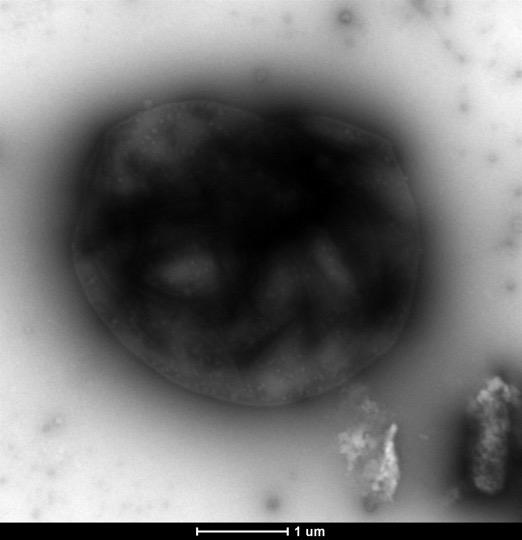Tablet and phone marketing executives can sleep well tonight. While those devices are commonly blamed for recent sleep problems, beams of pure digital energy shot straight into the eyeballs will do that, a new paper seeks to shore up the failing claim that tiny particulate matter, PM 2.5 (2.5 microns per cubic meter of air), is impacting human health and should be the source of new regulations by the Environmental Protection Agency.
Though well-known cancers like breast and prostate cancer are still the most common, America has gotten really good at diagnosing rare cancers, according to a new study.
This is a significant achievement, because rare cancers can be challenging to diagnose, often resulting in numerous physician visits, misdiagnoses, and substantial delays in diagnosis. Rare cancers have become an area of priority for some researchers and public health advocates because treatment options are often more limited and less effective than for more common cancers.
Though the trend has been to listen to environmental claims about the benefits of trees in cities, in science they have a well-established dark side: in urban cities, they produce a lot of ground-level ozone, the very thing environmentalists spent decades lobbying against.
During hot days, trees emit compounds that worsen ozone, such as formaldehyde, which forms from isoprene, a volatile organic compound that trees can give off when temperatures are hot, and
terpenes, which also interact with sunlight to create a "natural" smog. If you have witnessed the haze of the Great Smoky Mountains, you are breathing in natural pollution.
A new paper reports the development of nanoparticles that mimic the behavior of natural melanosomes, melanin-producing cell structures that protect our skin, eyes and other tissues from the harmful effects of ultraviolet radiation.
Ovaries constructed of 3-D printed scaffolds that house immature eggs were successful in boosting hormone production and restoring fertility by actually ovulating - and they produced healthy offspring which mothers also were able to nurse.
By removing a female mouse's ovary and replacing it with a bioprosthetic ovary, the mouse was able to not only ovulate but also give birth to healthy pups. The moms were even able to nurse their young. The bioprosthetic ovaries are constructed of 3-D printed scaffolds that house immature eggs, and have been successful in boosting hormone production and restoring fertility in mice, which was the ultimate goal of the research.
Natural gas has seen a resurgence due to hydraulic fracturing ("fracking") which has allowed geologists and engineers to extract it from wells that were previously considered unusable. CO2 emissions from energy have plummeted back to early 1990s levels and emissions from dirtier forms of energy like coal are back at early 1980s levels.
 What Next For Messenger RNA (mRNA)? Maybe Inhalable Vaccines
What Next For Messenger RNA (mRNA)? Maybe Inhalable Vaccines Toward A Single Dose Smallpox And Mpox Vaccine With No Side Effects
Toward A Single Dose Smallpox And Mpox Vaccine With No Side Effects ChatGPT Is Cheaper In Medicine And Does Better Diagnoses Even Than Doctors Using ChatGPT
ChatGPT Is Cheaper In Medicine And Does Better Diagnoses Even Than Doctors Using ChatGPT Even After Getting Cancer, Quitting Cigarettes Leads To Greater Longevity
Even After Getting Cancer, Quitting Cigarettes Leads To Greater Longevity








